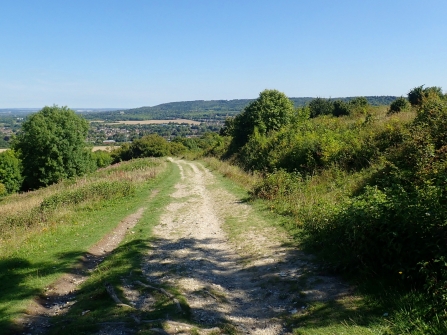
Bacombe Hill by Mick Jones
Protect wildlife for generations to come

Bacombe Hill by Mick Jones
This ancient chalk grassland high on the Chilterns escarpment has extensive views over Aylesbury Vale. More than 100 years ago Bacombe Hill was identified by Sir Charles Rothschild as a site to be protected. Subsequently, it became one of the original Rothschild Reserves.
Look out for late colour from the gentians. Our infographic will help you tell the Chiltern gentians from the autumn gentians.
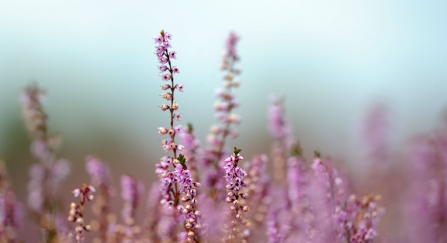
Bucklebury Common is mainly broadleaved woodland of oak, ash and beech with younger areas of birch and large areas of heathland. There is also an old avenue of oaks at Chapel Row which are over 400 years old and planted in the late 16th century to commemorate a visit by Queen Elizabeth I.
The common is privately owned by Bucklebury Estate but there is an extensive network of public rights of way to explore. In late summer the flowering heather gives a purple haze over the heathland.
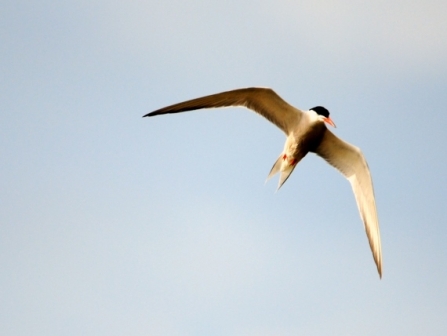
Calvert Jubilee, east of Bicester, is a haven for birdwatchers. Visit in September and you may see a variety of migrant birds passing through the reserve on their journeys to spend the winter in warmer places.
The reserve's large 'lake' was created by clay extraction for the brick industry. Later, part of the site was a municipal rubbish tip but today Calvert Jubilee is a haven for wildlife.
The lake's steep banks were carefully sculpted to form shallows in front of two bird hides while the creation of three floating raft islands have enabled common terns and waterfowl to nest away from local foxes.
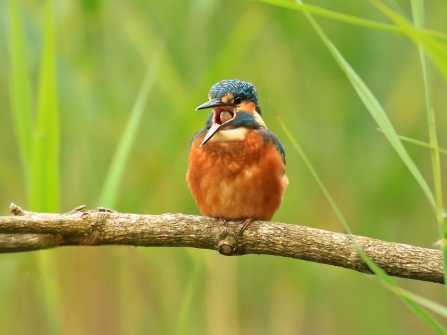
Kingfisher by Jon Hawkins/Surrey Hills photography
Take a walk along the Thames Path through Cholsey Marsh near Wallingford. This site comprises flood meadow and marsh, wet woodland and scrub with ponds. The marsh is home to wading birds, dragonflies and the highly protected, tiny Desmoulin’s whorl snail.
It’s a great site at this time of year with lovely views of the Thames and the chance of catching a glimpse of a passing kingfisher. Take a stroll at dusk to watch bats, including Daubenton's bats, as they swoop low over the river catching insects to eat.
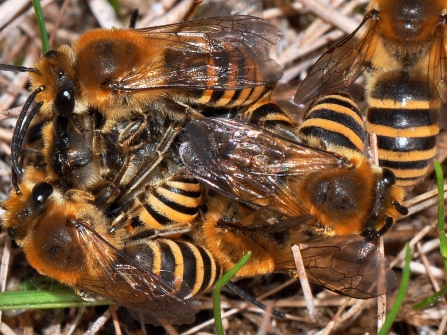
Ivy bees at Dry Sandford Pit by Peter Creed
Take time on our Cothill Fen Wild Walk to explore Dry Sandford Pit. The site has been created out of an old limestone quarry. A ring of sandy cliffs create a secluded spot where nature and geology are both on show.
Now the cliff is used as a home by hundreds of solitary bees and wasps. The ivy bee, which was first spotted here in 2011, is now well established in south-facing banks. This remarkable mining bee, slightly smaller than a honeybee, was described as new to science in 1993 when it was identified in southern Europe. It was first sighted in Britain in September 2001 when it was found on the Dorset coast. Since then it's spread north and is now found through southern England and south Wales, including these sandy soils west of Abingdon.
Ivy bees emerge in September so now's a great time to visit this reserve and nearby Hitchcopse Pit, which also has exceptional numbers of solitary bees and wasps.
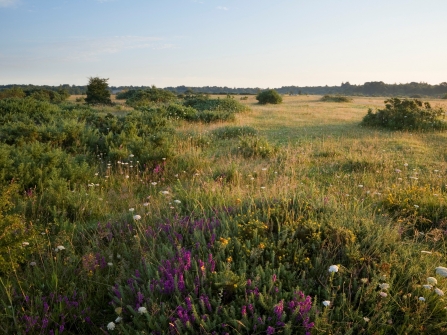
Greenham Common by James Osmond
Greenham and Crookham Commons on the southern edge Newbury forms the largest area of lowland heath in West Berkshire.
From late summer to the end of September, when conditions are right, you may see thousands of autumn lady’s-tresses in the grassland at Greenham Common. This delicate plant is our latest flowering orchid with white, bell-shaped flowers arranged in a single spiral around the stem. It is probably the largest population on a single site in southern Britain.
The best spot to see these beautiful snow-white flowers twirling around soft grey stems is on the short dry turf 100m east of the Control Tower car park. Tread carefully or you’ll squash them!
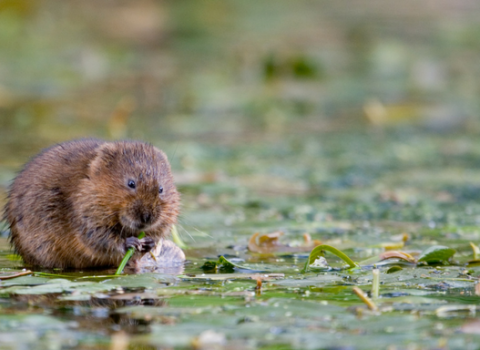
Water vole. Picture: Tom Marshall
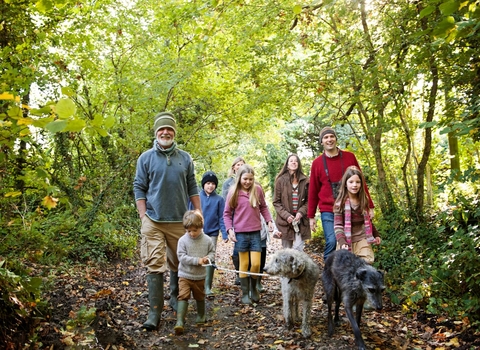
Woolley Firs by Ric Mellis
Sign up below to receive the latest news from BBOWT, tips about how you can help wildlife, plus information on how you can get involved.